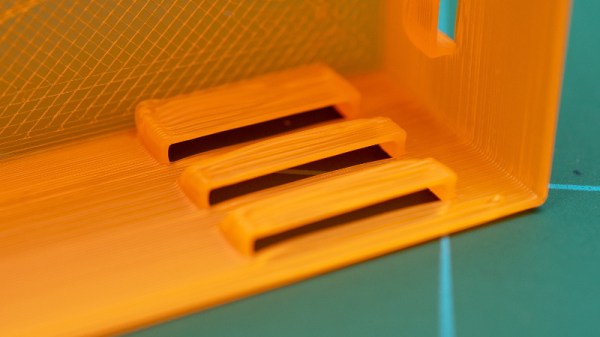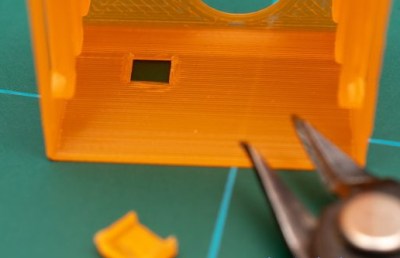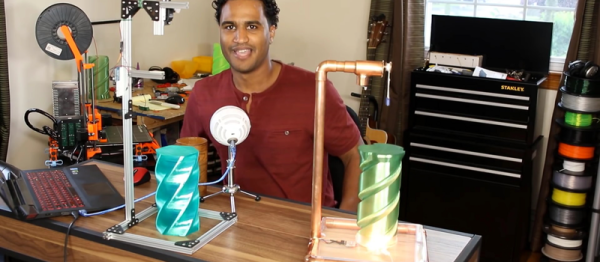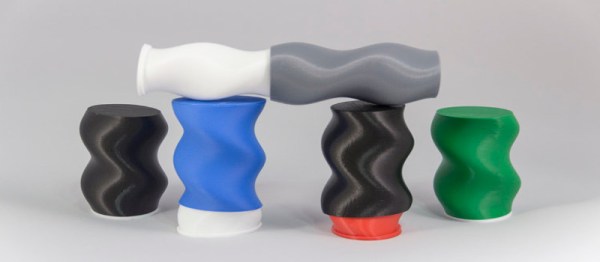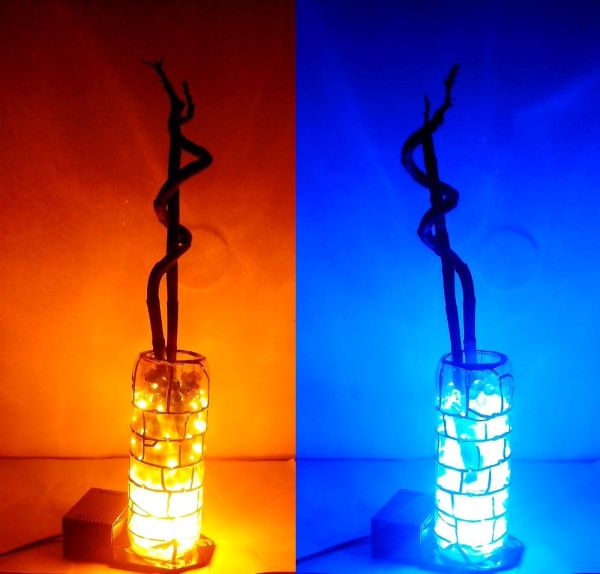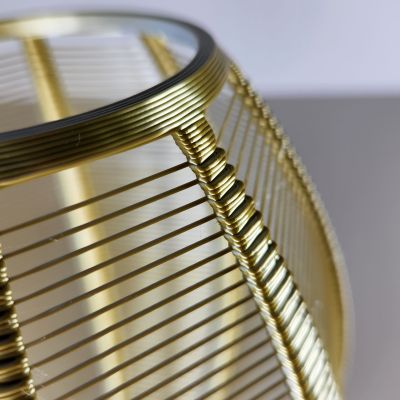
Overhangs are the bane of the melty-plastic 3D printing world. Often, we try to avoid them with creative print alignments, or we compensate with supports. However, [3DPrintBunny] decided to embrace overhangs in the extreme in the design of her creative 3D-printed string vase.
The design is intended to be printed with a larger nozzle, on the order of 0.8 mm or so, at a layer height of 0.6 mm. Under these conditions, the printer nozzle bridges the gap between the vase’s pillars with a single string of molten filament. With the settings just so, the molten filament stays attached during the bridging operation, and creates a fine plastic string between the pillars. Repeat this across the whole design, and you get an attractive string vase.
Amazingly, [3DPrintBunny] didn’t have to do any fancy slicer tricks to achieve this. Stock slicer settings got the job done just fine, and she reports that the model should print on most FDM printers. For her own examples, she printed in a special silver/bronze dual color PLA filament.
It recalls us of efforts to create synthetic hair-like fibers by taking advantage of stringing in 3D printers. Video after the break. Continue reading “3D Printed String Vase Shows What’s Possible”


